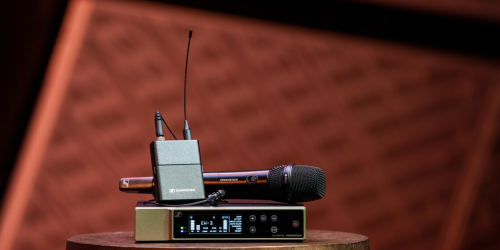
The Advantages of Digital Wireless
The Advantages of Digital Wireless… With so many wireless systems on offer it’s easy to make the wrong choice for your application. Steve from AC-ET takes us through the basic differences.
Analogue
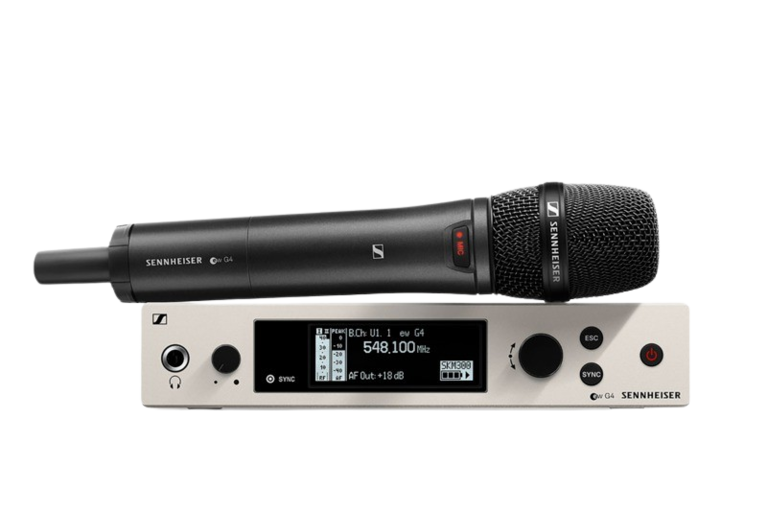
Digital
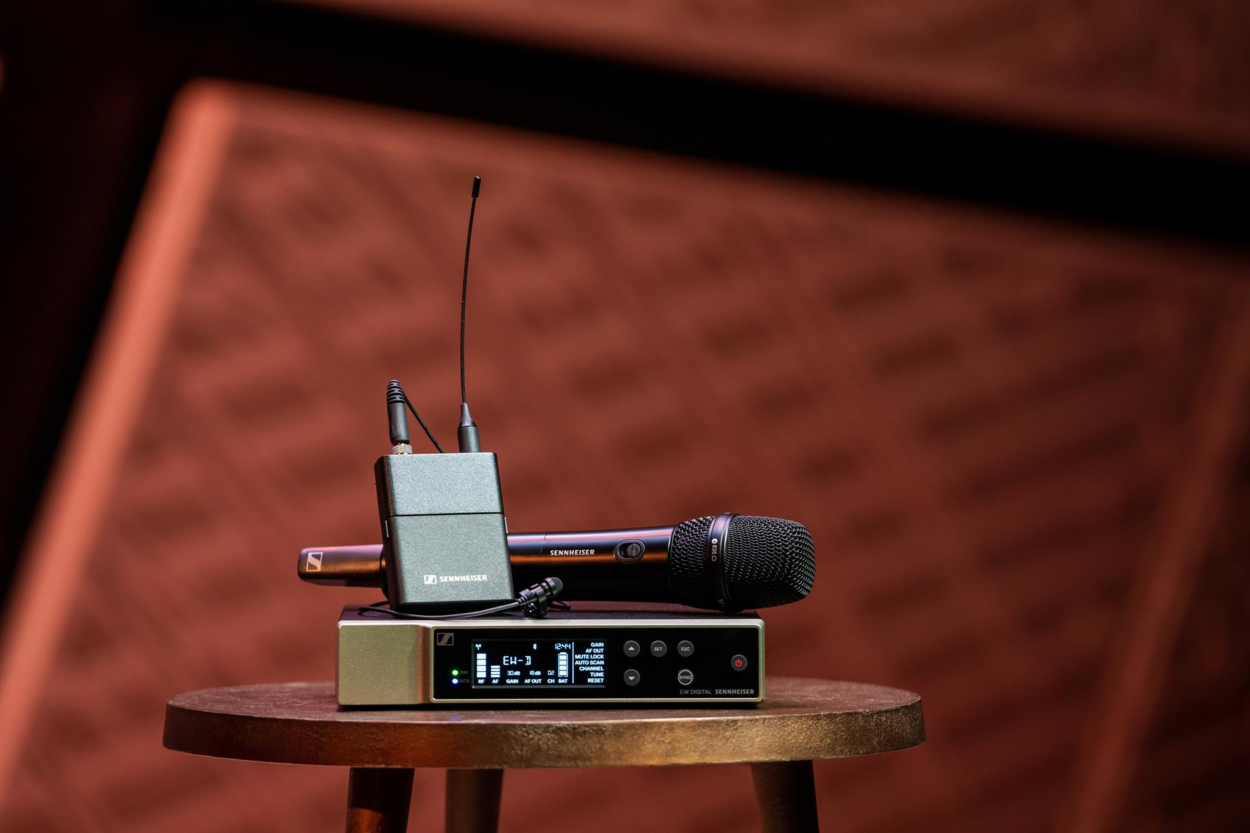
No companders required
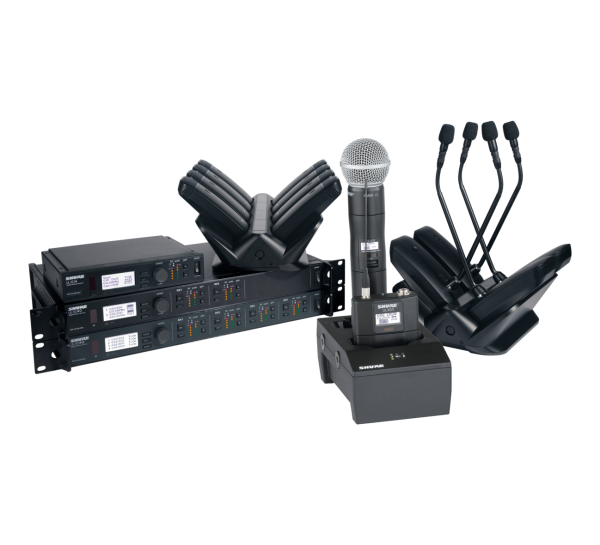
Increased dynamic range
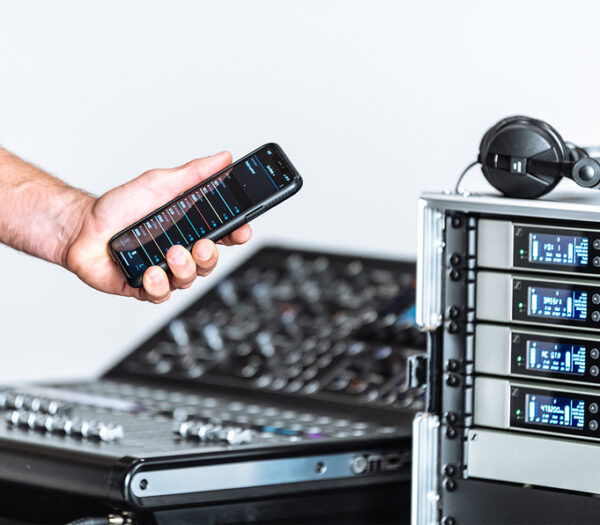
Secure encryption
.png)
Sectors & Applications. Who do we supply?
Applications include Live Sound, Pro Audio, Recording & Broadcasting, Audio for Video, Theatre, Education, Architecture and Events. UK Sales & Distribution of Professional Audio Equipment into the Entertainment Industry, including Rental Companies, Installers, Houses of Worship, Venues, Clubs, Broadcasters and Studios.
